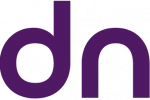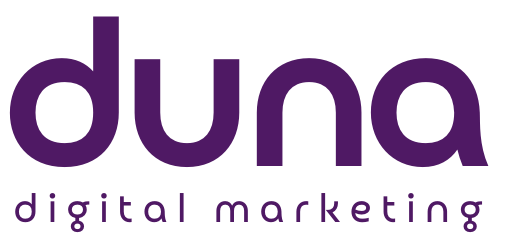When done right, tráfego pago can be one of the fastest and most effective ways to grow your business online. But when done poorly, it’s a fast way to burn through your budget with little to show for it. Whether you’re working with agências de tráfego pago, hiring agências de marketing, or running ads yourself, your success all comes down to one thing: ROI (Return on Investment).
This article breaks down practical strategies that actually increase your ROI when working with paid traffic.
1. Start with the Right Metrics
The biggest mistake many marketers make is chasing the wrong numbers. Metrics like impressions, clicks, and reach are vanity metrics if they don’t lead to conversions.
To track ROI properly, focus on:
Cost per acquisition (CPA)
Conversion rate
Customer lifetime value (CLTV)
Revenue per click
Return on ad spend (ROAS)
These metrics tell you whether your ads are actually generating value, not just traffic.
2. Choose High-Intent Channels
Not all traffic is created equal. Channels like Google Search tend to deliver higher ROI because they capture users with purchase intent — they’re actively looking for a product or solution.
Paid channels that often bring strong ROI include:
Google Ads (Search & Shopping)
Meta Ads (Facebook & Instagram)
LinkedIn Ads (for B2B)
YouTube Ads (for top-of-funnel video campaigns)
Test various platforms, but double down on those that show real revenue returns.
3. Use Laser-Focused Targeting
Agências de tráfego pago that understand targeting inside out can make a huge difference. The more precise your audience, the better your ROI.
Here’s how to fine-tune your targeting:
Use lookalike audiences based on your best customers.
Target by interest, job title, location, or behavior.
Exclude irrelevant audiences (like current customers or bounced visitors).
Use retargeting to bring back interested users and lower CPA.
Better targeting = more relevant traffic = higher conversions.
4. Optimize Landing Pages for Conversions
Driving traffic is only half the battle. If your website or landing page isn’t converting, your ROI will suffer — no matter how good your ads are.
Tips for high-converting landing pages:
Fast loading time (under 3 seconds)
Clear and concise copy
One strong CTA (call to action)
Trust signals (reviews, testimonials, certifications)
Mobile-friendly design
A/B testing headlines, images, and CTAs
Every dollar spent on website creation should be aligned with performance goals.
5. Test, Analyze, Repeat
High ROI doesn’t come from “set it and forget it” campaigns. It comes from constant testing and optimization.
Here’s what you should be testing:
Headlines and creatives
Ad placements and times
Bidding strategies (manual vs. automated)
Audiences and keywords
Offers and pricing
Tools like Google Ads, Meta Ads Manager, and third-party analytics platforms can help automate A/B testing and provide deeper performance insights.
6. Scale Only What’s Working
Once you’ve found a winning campaign or funnel, it’s time to scale up — but strategically.
Here’s how:
Increase budget gradually (10–20% per day)
Expand successful audiences (broader targeting, new geos)
Duplicate winning ads with minor variations
Allocate more budget to high-ROI ad groups
Paid traffic agencies with experience in scaling campaigns can help you grow without losing efficiency.
7. Avoid Common ROI Killers
Sending paid traffic to a weak or outdated website
Ignoring post-click experiences (slow pages, unclear CTAs)
Overlooking mobile users
Not setting up proper tracking (Google Tag Manager, UTM links, etc.)
Failing to follow up with leads (no email or sales funnel)
Even the best ads can fail if your backend isn’t ready to support them.
Conclusion: Paid Traffic Can Be Profitable — If You Know How to Work It
ROI should guide every paid traffic decision. From who you target to how your landing pages are built, everything needs to be optimized for real business results.
By working closely with expert paid traffic, agências de marketing, and web teams that understand criação de sites with ROI in mind, you can turn paid traffic from a risk into a revenue machine.

